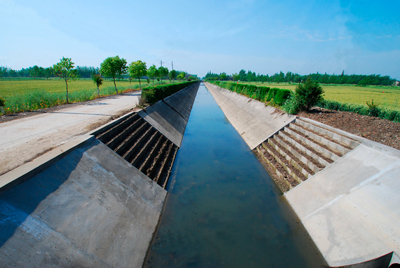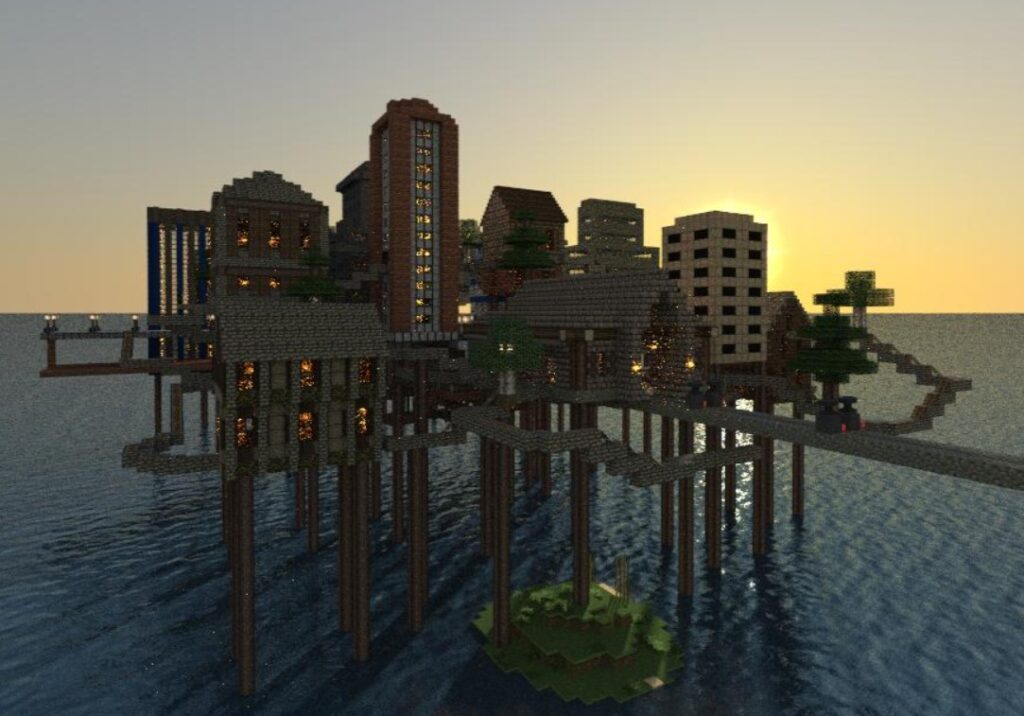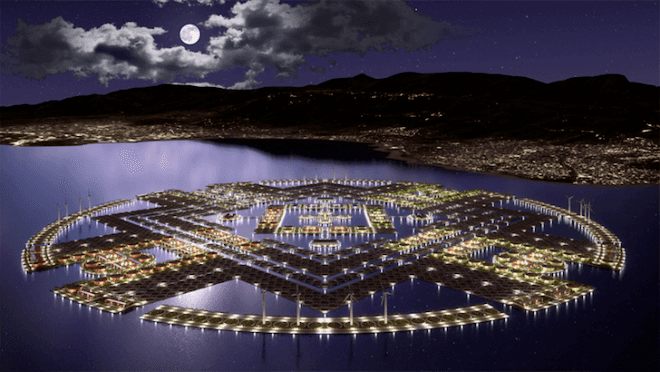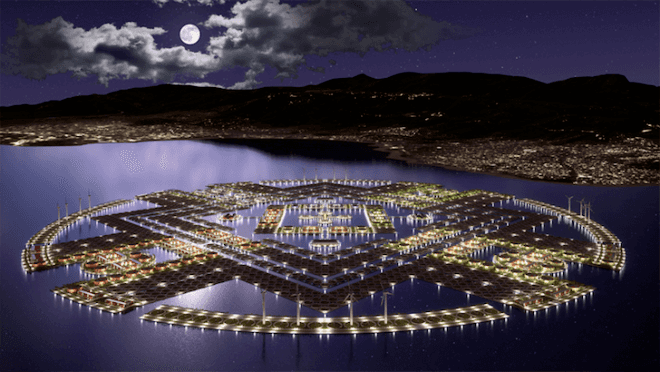Humanity faces a monumental challenge in the coming decades: adapting to the increasingly volatile and unpredictable reality of climate change. Extreme weather events, rising sea levels, and shifting precipitation patterns are already disrupting our lives and economies. To ensure our survival and well-being, we must learn to master the elements, particularly water, and rethink how we build our communities.

The Challenge of Water
Water is both life-giving and destructive. It is essential for agriculture, industry, and human consumption, yet it can also cause devastating floods, droughts, and storms. As climate change intensifies, we can expect more extreme water events. We need to develop innovative solutions to manage water resources, mitigate the risks of water-related disasters, and adapt to changing conditions.
One crucial aspect is the ability to move water around efficiently. This includes building vast channels to divert water from flood-prone areas, distribute it to drought-stricken regions, and potentially even create new transportation routes. Such channels could also serve as vital infrastructure for renewable energy generation, such as hydropower.
Elevated Communities: A Vision for the Future
As sea levels rise and coastal areas become increasingly vulnerable, we must consider building our communities above the reach of water. Futurist architects like Vincent Callebaut have envisioned floating cities and self-sufficient eco-villages that could adapt to changing conditions and provide safe havens in the face of climate change.
However, building floating cities may be a distant prospect. A more immediate and practical solution is to construct elevated communities on land. These structures would be raised off the ground on sturdy pillars, anchored deep into the bedrock for stability. They would be designed to withstand extreme weather events, providing a safe and resilient environment for residents.

Such superstructures would also allow the natural environment to regenerate beneath them. By lifting our communities off the ground, we would reduce our footprint on the land, allowing ecosystems to recover and thrive. This could help mitigate some of the negative impacts of human activity on the environment and create a more sustainable model for living.

Collaborative Construction: A Key to Success
The scale and complexity of the challenge we face demand a collaborative approach. We need to bring together experts from diverse fields, including architects, engineers, urban planners, environmental scientists, and social scientists. We also need to engage local communities and stakeholders in the design and construction process.
Collaborative construction can offer several benefits. It can foster innovation, pool resources, and ensure that the needs and concerns of all stakeholders are considered. It can also create a sense of shared ownership and responsibility, which is essential for the long-term success of any adaptation project.

The Design of Collaborative Superstructures
The design of these superstructures will be critical to their success. They must be not only functional and resilient but also aesthetically pleasing and integrated into the surrounding environment. Some key design considerations include:
- Modular construction: This would allow for flexibility and adaptability, enabling communities to expand or contract as needed.
- Renewable energy: Superstructures should be equipped with solar panels, wind turbines, and other renewable energy sources to minimize their environmental impact and ensure energy security.
- Green infrastructure: Integrating green roofs, vertical gardens, and other natural elements can help regulate temperature, filter air and water, and enhance biodiversity.
- Community spaces: Incorporating shared spaces for recreation, social interaction, and education can foster a sense of community and belonging.
The Way Forward
The path to a climate-resilient future will not be easy. It will require significant investment, technological innovation, and a fundamental shift in our relationship with the environment. However, by working together, we can build a world that is not only adaptable to climate change but also more sustainable, equitable, and resilient.
The collaborative superstructures envisioned by futurist architects and engineers offer a glimpse of what is possible. By embracing this vision, we can not only protect ourselves from the impacts of climate change but also create a brighter future for generations to come.


